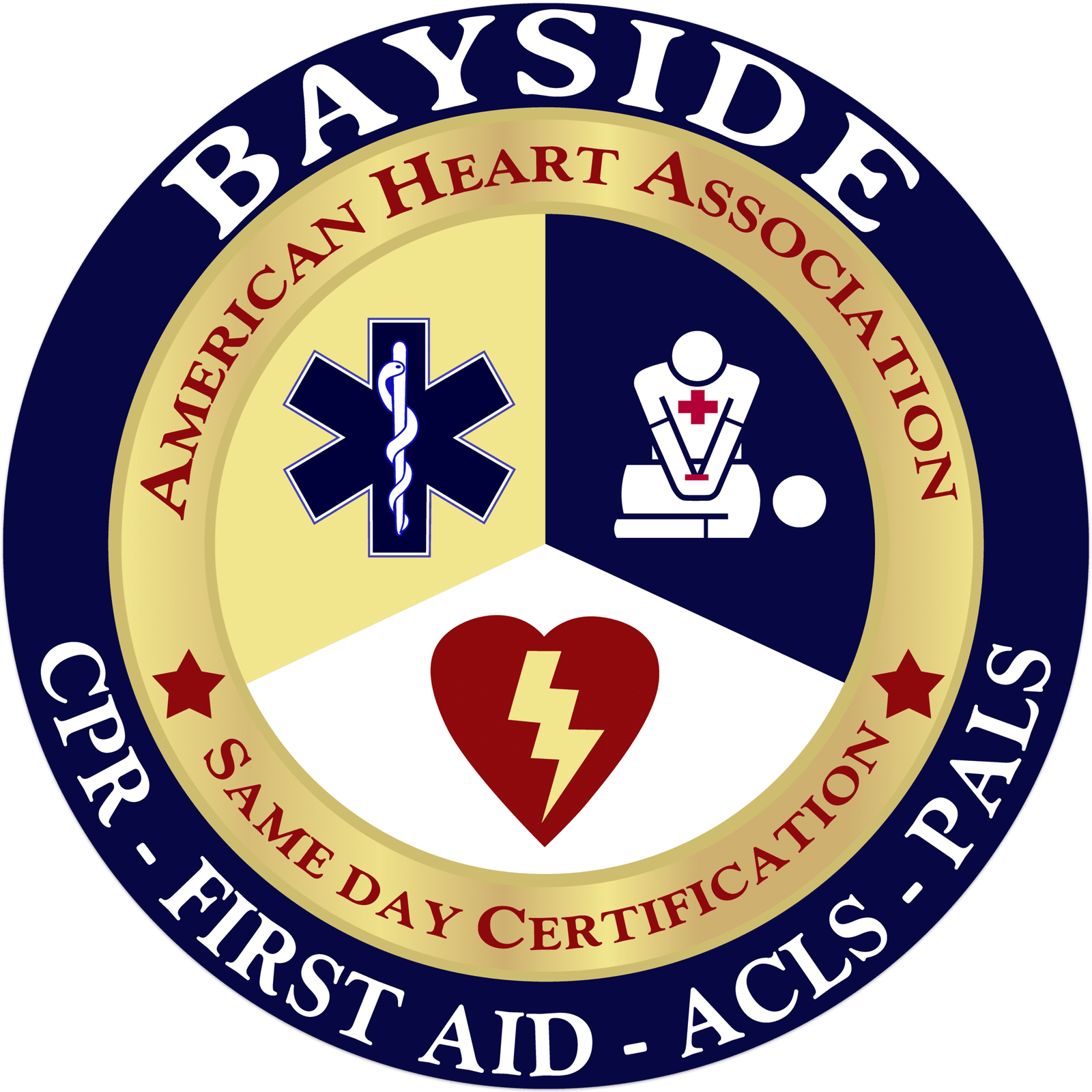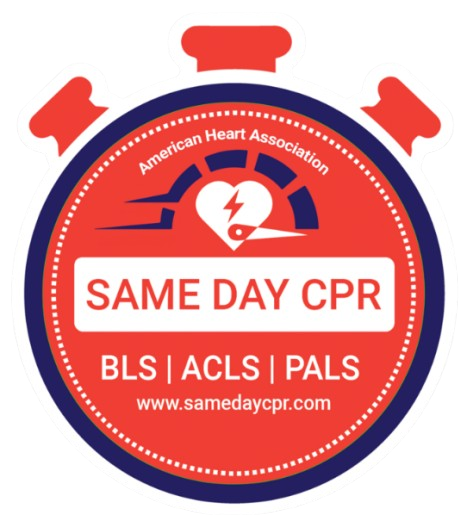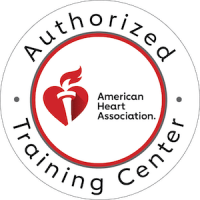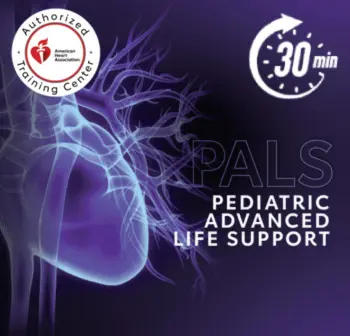
PALS Septic Shock Algorithm
PALS Septic Shock Algorithm: Assessment and Intervention Guidelines for Pediatric Patients
Septic shock is a serious condition that occurs when an infection causes dangerously low blood pressure and organ failure. In children, it can progress quickly and may not show clear early signs. It’s defined by ongoing low blood pressure despite fluid treatment, along with poor blood flow, such as cold hands and feet, fast heart rate, or confusion. Common causes include bacterial, viral, or fungal infections from sources like pneumonia, UTIs ( Urinary Tract infections), or weakened immunity. Fast, focused treatment is critical to prevent severe complications or death. According to the American Academy of Pediatrics (February 16, 2022),
-Pediatric severe sepsis and septic shock occur in about 2.8% to 4.4% of children hospitalized.
-The death rate from these conditions ranges from 2% to 20%.
-The average cost for treating one case is roughly $26,592.
The PALS Septic Shock algorithm is vital for guiding quick actions like fluids, medications, and breathing support in pediatric emergencies. It’s essential for paramedics, nurses, and physicians, especially in ERs, ICUs/PICUs, and transport teams. Proper implementation can reduce mortality rates to below 10%.
One of the most important things during a pediatric emergency is good team coordination. When every team member understands their role and communicates clearly, care becomes faster and more effective. It’s about working together, one person starts fluids, another monitors vitals, and someone else prepares meds. When the team is in sync, kids have a much better chance of recovery.
Importance of Early Recognition of Pediatric Septic Shock
Early recognition of septic shock is critical for improving patient outcomes. The following points highlight the importance of it :
- The septic shock algorithm for pediatricians is essential because early identification enables timely administration of antibiotics, fluid resuscitation, and supportive care.
- These guidelines assist in recognizing signs early and help prevent progression to multi-organ failure.
- Studies show that early management reduces mortality in pediatric septic shock.
- It helps in early treatment and minimizes long-term disabilities caused by organ damage.
Types of Septic Shock
Pediatric septic shock can come in different conditions, each affecting children in its way. These two shocks represent a hemodynamic profile. Here are the types of septic shock:
Cold Shock (Hypodynamic)
- Cold Shock occurs when the body doesn’t get enough blood flow, making the skin feel cold and clammy. The heart rate is often slow, and blood pressure drops. It's usually a sign that the body's response is weak, and immediate treatment like giving fluids or medications to boost blood pressure is necessary.
Warm Shock (Hyperdynamic)
- Warm Shock happens when the heart works too hard, causing the skin to feel warm and flushed. The pulse may be rapid, and blood pressure can still be down. Medication focuses on fixing the underlying cause, like infection or bleeding, and supporting the heart with fluids and medicines to stabilize the patient.
Symptoms of Septic Shock in Children
If your child seems unwell and shows signs like trouble breathing or feeling very weak, they might be experiencing septic shock. It’s important to identify these symptoms early to get help fast and keep your kid safe.
- High fever above 101.5°F (38.6°C) is a common sign to watch for, but sometimes a low body temperature below 96.8°F (36°C) can also happen. Both can be important signals that your child's body needs help.
- A quick heartbeat can be a signal that your child's body is struggling.
- If your child's breathing becomes very quickly, they might be having trouble getting enough air.
- If your kids seem confused, very sleepy, or irritable, consult a doctor.
- Look out for skin changes like rashes, unusual colors, or dryness. These can sometimes indicate an infection or other issue.
- If your child isn’t urinating as much as usual, they might be dehydrated. Check if they are wetting their diapers or going to the bathroom regularly.
- Other symptoms are vomiting, diarrhea, or a weak, high-pitched cry.
Step-by-Step Breakdown of PALS Septic Shock Algorithm

Figuring out septic shock quickly can save lives, and that’s where the pediatric septic shock algorithm comes in. Let’s go through each step, so you can stay confident when it matters most.
Note: From Step 1: Identify Signs of Septic Shock to Step 5: Consider Critical Care Consultation is considered as the first hour.
Step 1: Identify Signs of Septic Shock
The first step is to watch out for signs that a child might be going into septic shock within the first 10 to 15 minutes, assess their mental status for irritability or decreased alertness, monitor heart rate for rapid or slow beats, and check temperature for fever or coldness.
Examine capillary refill; if it’s delayed or if hands and feet are cold or overly warm, it’s concerning. Measure blood pressure, which may or may not be low. Early recognition and assessment of these signs can prompt urgent care to improve outcomes.
Step 2. Initial Stabilization
In the initial stabilization phase for a child, your focus is on supporting their vital signs and making sure they’re stable. First, support their airway, breathing, and circulation, ensure the child’s eyes are open, breathing well, and their blood is circulating properly. Keep a close eye on their heart rate, blood pressure, and oxygen levels to catch any issues early. Quickly establish IV/IO access so you can give fluids and medications as needed. For fluids, start with small but effective boluses of 10 to 20 mL per kg of isotonic fluids with smaller amounts for infants or those with heart problems. Give each bolus slowly and reassess to see if more is needed, making sure not to overload the child.
Step 3: Within The First Hour
In the first hour, time is critical, so you have to move fast. Start by drawing blood for cultures and other important labs like glucose and calcium, but don’t wait to begin fluids or antibiotics. Get broad-spectrum antibiotics on board right away. After each fluid bolus, take a close look at how the pediatric patient is responding. If shock symptoms continue, give more fluids, but stop if you notice signs like breathing trouble, crackles in the lungs, or an enlarged liver. If the child has a fever, give antipyretics to help bring it down.
Goals of therapy: Improved mental status, normalization of heart rate and temperature, adequate systolic and diastolic blood pressure, improved perfusion (see Step 1)
Step 4: Evaluate Response to Initial Fluid Resuscitation
Once you’ve given 40–60 mL/kg of fluids, it’s time to take a good look at how the kid is responding. Are there still signs of shock, like weak pulses, low blood pressure, or poor perfusion? Or maybe you’re starting to see signs of fluid overload, such as swelling or trouble breathing? If everything looks better and the shock is resolving, great, move on to Step 5. But if the shock continues or there’s too much fluid building up, it’s time to shift gears and head to Step 6.
Step 5: Consider Critical Care Consultation
At this point, if the child isn’t improving as expected or you’re dealing with a complex situation, it’s a good idea to consult a critical care specialist. They can help guide the next steps, especially if the case might need advanced support or more intensive monitoring. It’s better to involve them early rather than wait until things get worse. Critical care specialists (Infectious Disease Specialists, Surgical Specialists, Interprofessional Team, Pediatric Specialists)
Step 6: Initiate Critical Care and Vasopressor Therapy
If the kid is still in shock or showing signs of fluid overload. Call for a critical care consult right away, they’ll help manage the more advanced treatments. At the same time, begin vasopressors like epinephrine or norepinephrine to support the heart and improve blood flow. Start low and adjust the dose as needed, based on how the kid responds.
Step 7: Advanced Hemodynamic Support and Monitoring
If things get more advanced as you work to stabilize the child. Start by setting up central venous and arterial lines to closely monitor blood pressure and fluid status. Keep giving epinephrine or norepinephrine, and add fluid boluses if the child still shows signs of shock. Make sure the airway is secure and the patient is getting enough oxygen and ventilation. If their blood pressure is still low despite all this, it may be time to think about giving stress-dose hydrocortisone to help support their circulation.
Medication Management in Pediatric Septic Shock
Treating septic shock in children with the right medications can make a big difference. Let’s break down what to give, when to give it, and how to keep things as safe and effective as possible.
1. Fluids:
- Isotonic crystalloids like normal saline and lactated Ringers are the first choice for volume resuscitation. The initial dose is 20 mL/kg administered over the first 15 minutes.
- Vasopressors and Inotropes
- Dopamine and epinephrine are commonly used vasopressors. They are typically started after administering 40-60 mL/kg of fluids if poor perfusion continues.
- Dobutamine, an inotrope, may be added to improve heart contractility if there’s myocardial dysfunction.
- Norepinephrine can be considered if blood pressure remains low despite other vasopressors, as it is a potent vasoconstrictor.
2. Corticosteroids:
- Hydrocortisone at 1-2 mg/kg every 6 hours can be used in fluid-refractory shock and enhance the response to vasopressors.
3. Antibiotics:
- Empirical broad-spectrum antibiotics should be initiated within the first hour, with options including : ceftriaxone, vancomycin, piperacillin-tazobactam, or carbapenems like meropenem or imipenem.
4. Other Interventions:
- Vasopressin can be tried if shock remains refractory to other treatments.
- Replenishment of calcium or bicarbonate may be necessary if hypocalcemia or lactic acidosis develops.
When to Start Vasoactive Support and Transfer to ICU/PICU?
01.
Vasoactive Support and Fluid Resuscitation:
- Begin with aggressive fluid resuscitation, 20–40 mL/kg of crystalloid solution to restore blood volume and improve tissue perfusion.
- If signs of poor perfusion continue after fluid administration, such as hypotension, delayed capillary refill, low urine output, or altered consciousness, vasoactive medications should be considered.
- According to the Surviving Sepsis Campaign guidelines, consider initiating vasoactive agents after administering 40–60 mL/kg of fluids, particularly in settings with access to pediatric intensive care.
- Norepinephrine and epinephrine are the first-line agents for treating pediatric septic shock; dopamine is generally not recommended.
02.
Criteria for PICU Transfer:
- If shock persists after fluids and initial vasopressor therapy, immediate transfer to a pediatric intensive care unit (PICU) is critical.
- Ongoing low blood pressure despite adequate fluid resuscitation necessitates vasopressor use and PICU admission.
- Children requiring continuous or increasing doses of vasopressors need the advanced monitoring and care available in a PICU.
- Patients who require advanced respiratory interventions, such as intubation or mechanical ventilation, should be managed in a PICU.
- Development of dysfunction in major organs (e.g., kidneys or liver) also indicates the need for intensive care support.
Concise Review: PALS Septic Shock Algorithm Critical Role in Children’s Emergency Care
The pediatric septic shock is a life-threatening condition that can move fast and doesn’t always show clear signs at first. It often starts from infections like pneumonia or UTIs and leads to dangerously low blood pressure and poor organ function. Kids may show signs like cold hands and feet, a fast heart rate, confusion, or trouble breathing. Early recognition and treatment, like fluids, antibiotics, and sometimes vasopressors, can save lives. That’s why knowing the pals algorithm for septic shock is important. It gives step-by-step guidance for fast action during those critical first hours. Good teamwork and clear roles make all the difference in emergencies. Whether you’re a nurse, paramedic, or physician, being trained in this protocol can improve outcomes and reduce mortality.
Want to learn how to handle pediatric emergencies with confidence? Get PALS certification at Bayside CPR and be ready when it matters most!
Frequently Asked Questions
For septic shock, how soon should fluid resuscitation begin, PALS?
Fluid resuscitation should begin immediately, ideally within 20 minutes of recognition, with a rapid bolus of 20-40 mL/kg.
What should I evaluate to recognize septic shock PALS?
Septic shock is recognized by signs of poor perfusion, altered mental status, and symptoms of infection.
What medications are used to treat pediatric septic shock?
Septic shock in pediatric patients is treated with rapid fluid resuscitation, early administration of broad-spectrum antibiotics, and, if needed, vasoactive medications to stabilize blood pressure. Supportive care, including oxygen, ventilation, and monitoring in an intensive care setting, is also essential to manage organ dysfunction.
What antibiotics should be given for pediatric septic shock?
Antibiotics in pediatric septic shock are given according to age: For example, newborns (first 6-8 weeks of life) should generally receive ampicillin and gentamicin, ampicillin and cefotaxime, or ampicillin and ceftriaxone. Older infants and children most often receive a third-generation cephalosporin, vancomycin, plus clindamycin.
Is intubation recommended in all cases of pediatric septic shock?
Intubation is considered if the child experiences respiratory failure, altered mental status, or requires better oxygen delivery.


